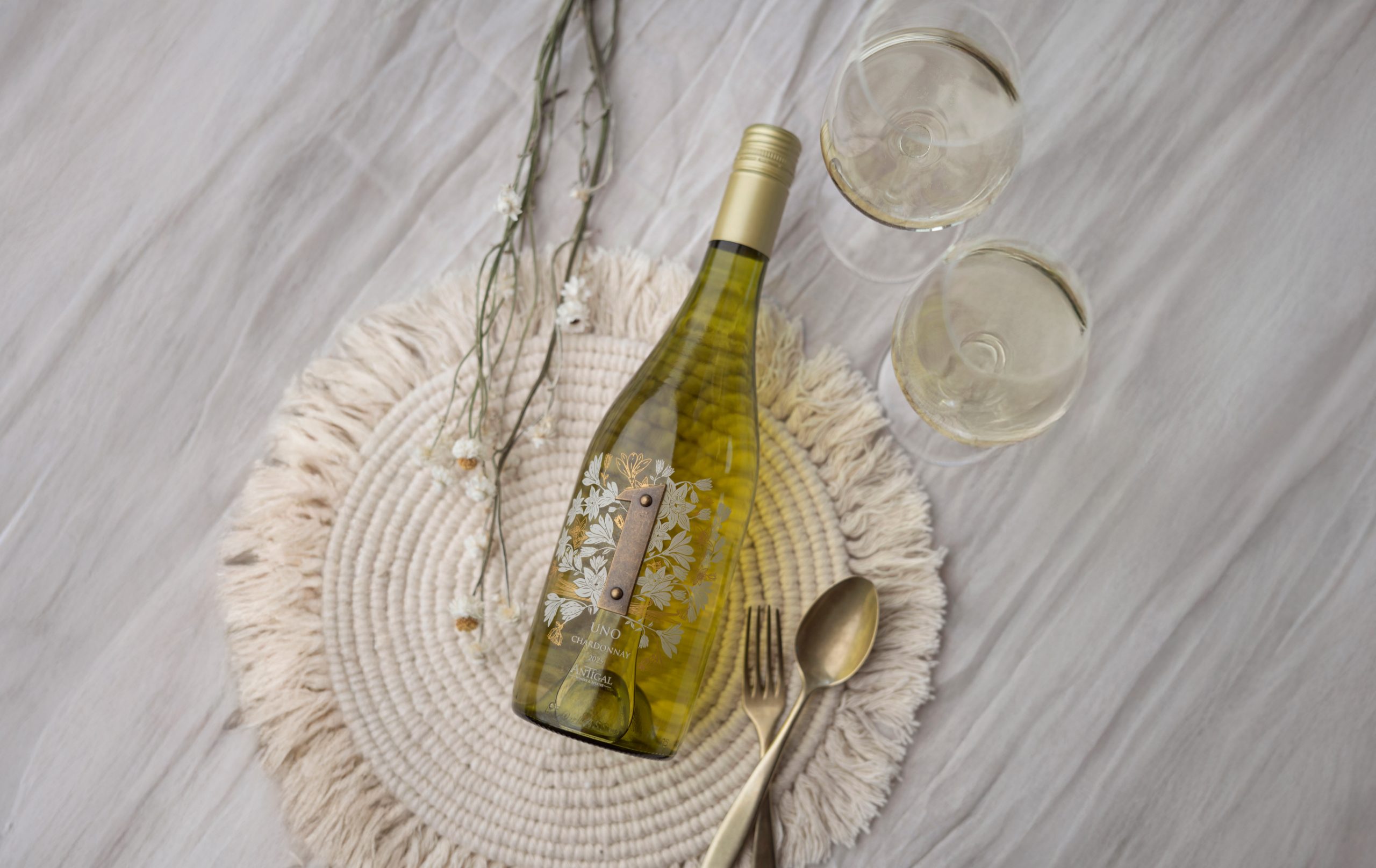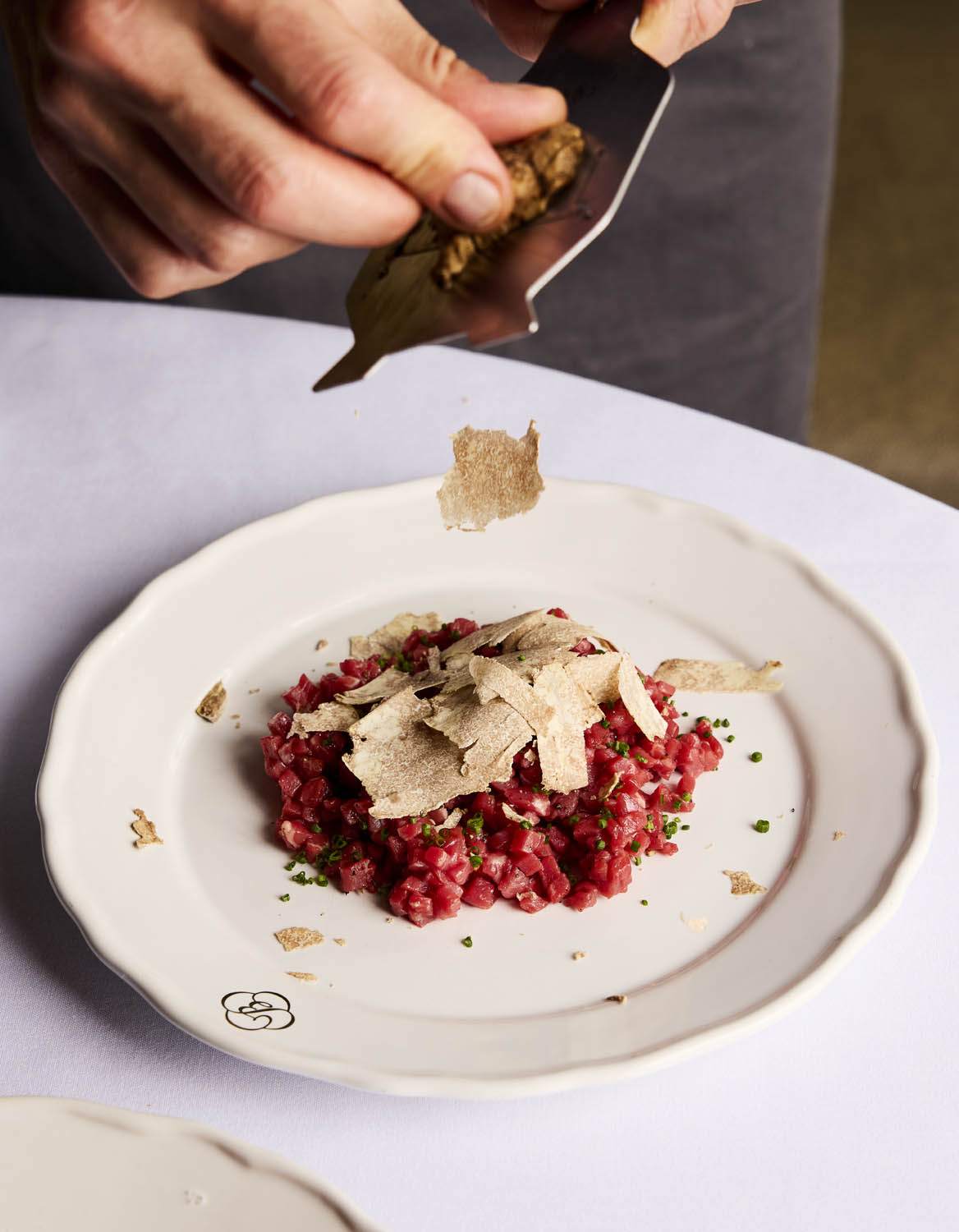In focus: Hard seltzers
The hard seltzer success story is a masterclass in savvy branding. Having burst onto the scene in 2016, in just three years hard seltzers have become the fastest-growing alcoholic drinks category in the US, with the sector predicted to be worth US$2.5 billion by 2021 and due to triple in size by 2023.
Dominated by market leaders White Claw and Truly, the question now is whether the category can replicate its runaway success in the US around the globe. It’s important to define what exactly hard seltzers are. Essentially boozy fizzy water housed in eye-catching packaging, hard seltzers can have a wine, spirit or malt base to which sparkling water and natural fruit flavours are added.
Ticking all the trend boxes, they are typically low in alcohol (around 5% ABV), low in calories (around 100 per can), and low in sugar, with most cans containing between 1-2 grams. They are also largely vegan and gluten free, which has helped them to win over a legion of health conscious millennial fans in the US.
In addition to ticking trend boxes when it comes to flavour, brand owners also seem to be winning the marketing game by creating hard seltzers with broad appeal across all demographics. Brand leader White Claw’s gender split is 53% female and 47% male. The packaging couldn’t be more on-trend too – portable, recyclable cans with Instagram-friendly designs set against a white background.
-
Brand leader Truly
And while sales will inevitably spike during the summer months, hard seltzers don’t seem to suffer from being viewed as a seasonal drink. Adam Rogers, the IWSR’s research director for North America, believes that while bang on trend, hard seltzers are here to stay.
“This is due to the category being seen as a healthier alternative to the current alcoholic drinks brands on the market. Innovation is also keeping consumers engaged in the category through the release of new flavours and higher- quality offerings,” he says.
In 2016 the burgeoning hard seltzer category moved up a gear with the launch of the category’s two biggest players: White Claw and Truly. The former is the brainchild of Mark Anthony Brands, run by Canadian entrepreneur Mark Anthony von Mandl, creator of Mike’s Hard Lemonade, whose family owns four Okanagan Valley wineries, including Mission Hill.
Truly, meanwhile, was created by the Boston Beer Co, maker of Samuel Adams beer. The brand has proved so successful for the brewer that it now sells more hard seltzers than it does beer, while White Claw sales surpassed US$1.5bn last year.
Having made a splash at the Kentucky Derby and Coachella, White Claw developed a cult following last summer, fuelled by a song called Drinkin’ Claws by singer-songwriter Mark Leach and Ohio-based rock band Hey Monea, which features the line: “There ain’t no laws when you’re drinking Claws”.
By September, White Claw, which boasts a malt base and is brewed and taxed like beer, warned of an impending shortage and von Mandl had to start selling the brand on allocation.
Hoping to give the big guns competition, in late January California wine brand Barefoot, owned by wine giant E & J Gallo, entered the game with a range of four white wine-based hard seltzers that marked the brand’s biggest new product investment in its 55-year history.
Among the flavours in the range are cherry and cranberry, and pineapple and passion fruit. Each can contains just 70 calories. Also hoping to ride the wave are big beer firms, which are ploughing millions into the category.
The first big brewer to enter the game was AB InBev, which acquired the SpikedSeltzer brand in 2016 and renamed it Bon & Viv. The brewer added Natty Light Seltzer to its portfolio last August and Bud Light Seltzer, made using “a unique five-step filtration process” in early 2020.
Meanwhile, Constellation Brands has invested US$40m (its biggest single brand splurge to date) in the marketing of its Corona Hard Seltzer, though given the current coronavirus crisis, consumers may struggle to see the appeal. Molson Coors has invested millions in new hard seltzer brand Vizzy, which launched in the US in March.
Keen to stand out in an increasingly crowded category, Vizzy’s point of difference is that its seltzers are made with antioxidant-rich acerola cherries, which are said to contain up to 30 times more vitamin C per cup than an orange.
The brewer is using the wellness route to attract health- conscious consumers who would rather knock back a low-calorie seltzer than develop a beer belly. As an increasing number of big brewers launch hard seltzers, they are, somewhat ironically, competing against themselves for market share – the more successful their seltzer brands, the more they are likely to eat into their beer sales.
Though with beer remaining largely flat, this seems to be a gamble brewers are willing to take. Reflecting its evolution as a company and the need to expand into new drinks categories, Molson Coors changed its name to Molson Coors Beverage Company in January ahead of the launch of Coors Seltzer this July.
Being a category that is unashamedly produced for profit, when it comes to hard seltzers, big brewers have a head start on fledgling brands in their ability to produce, distribute and market their seltzer brands at a fast pace on a large scale, piggy-backing off the success of their beers and engendering customer loyalty while they’re at it.
Article continues on the next page…
-
Drinkin’ Claws singer Mark Leach helped propel White Claw into the big league last summer
The inconvenient truth, however, is that a large proportion of hard seltzer drinkers are ditching light lagers in favour of the spiked sparkling water. Wine is also suffering at the hands of hard seltzers. Wine Intelligence reports that around 12% of regular wine drinkers in the US are switching from wine to other drinks categories – namely beer and hard seltzers – with consumers under the age of 35 most likely to make the switch.
This scenario seems to be playing out in the US on-trade, where the popularity of hard seltzers is mushrooming – sales hit US$1.2 billion in the American on-trade last year, and weekly sales now surpass those of the pale ale category in restaurants and bars. According to Nielsen CGA, hard seltzers are stealing market share from beer in the on-trade, though consumers are also ordering them in place of cocktails.
Partner Content
-
Vizzy is made with acerola cherries
Further adding to their appeal, spiked seltzers are versatile enough to be enjoyed both mixed with spirits and in cocktails, which allows for cross- pollination across the categories.
“Our report shows just how wild bar patrons have gone for all things seltzer. The category is having an impact on the whole industry, with both beer and cocktails being switched out for hard seltzers,” says Matthew
Crompton, Nielsen CGA’s client solutions director. “Seltzers are dominated by two or three big players, but with suppliers all wanting a piece of the action, competition is going to get intense very fast.
Having a solid draft offering may end up being the differentiator in winning in the on- premise. To do this, retailers will need to work with suppliers to ensure quality, theatre of service and correct placement,” he adds.
But just as the category is taking off in the on-trade, the coronavirus crisis has hit, forcing bars, clubs and restaurants across the globe to shut their doors for the foreseeable future, which will undoubtedly hit the category’s sales hard.
And outside of bars and restaurants, many of the occasions that lend themselves to spiked seltzers, from concerts and festivals to major sporting events, have been cancelled or postponed.
A big question mark hangs over the summer of 2020, and whether people will be free to socialise and crack open cans together. While on-trade sales will suffer this year, the big brands are looking to the UK as the next frontier to conquer on the road to world domination.
But they may have to tweak both their names and marketing messages in order to succeed. While British consumers may embrace the term ‘hard seltzers’, the drinks may end up being called ‘hard sodas’ in the UK.
The biggest hurdle brands face is the dangerous ground they are treading when it comes to linking their drinks with the health and wellness movement. Brand owners will have to be very careful if they are trying to play the wellness card while still staying within the Portman Group’s guidelines on health claims when it comes to alcoholic drinks.
The likes of White Claw and Truly will need to tailor their marketing messages for the UK, doing away with any advertising campaigns linking their brands to sporting success.
They also need to avoid falling into the trap of ‘90s alcopops like Hooch and Two Dogs, which were criticised when they launched for appealing to children. Though with their low sugar content and minimalist labelling, they are less likely to do so.
One of the first hard seltzers to go on sale in Britain is Mike’s Hard Sparkling Water, owned by AB InBev, which made its UK debut last November. White Claw is also keen to claw its way into the market, having registered its trademark in the UK last October.
Two other brands determined to be early to the hard seltzer party in the UK are a duo of homegrown start-ups: Bodega Bay, the brainchild of former Asahi UK strategist Charlie Markland, and DRTY Hard Seltzer, founded by entrepreneur Matija Pisk, who got the idea for the brand, which is targeted at sugar shunning calorie counters, during a trip to the US in 2018.
Having worked for Swedish cider brand Koppaberg, Markland of Bodega Bay is keen to steal a march from sugary sweet fruit ciders. “Wellness is the new luxury – the consumer trend for leading a more balanced lifestyle has invaded every other industry – and alcohol is the last space to react,” he told Beverage Daily in a recent interview.
Bodega Bay is aimed at “healthy hedonists” from the millennial generation who want their drinks choices to reflect their wholesome lifestyle.
Where hard seltzers may come unstuck in the UK is the fact that the category fails to tick a few of the key trend boxes in Britain, as their 5% alcohol puts them out of the ‘no and low’ sphere, while their entry-level pricing and pared-back branding leaves them out of the craft conversation.
While the summer of 2020 was set to be the category’s big test as to whether it can replicate its success outside the US, with the world gripped by the coronavirus pandemic, any plans for global domination will have to be put on ice.
Blurring the boundaries between hard and soft drinks, spiked seltzers will have to tread carefully in order to succeed in the UK and beyond, but there seems to be space in the market for exciting new brands to enter the game, be they from big beer firms or small start-ups with big ideas.




